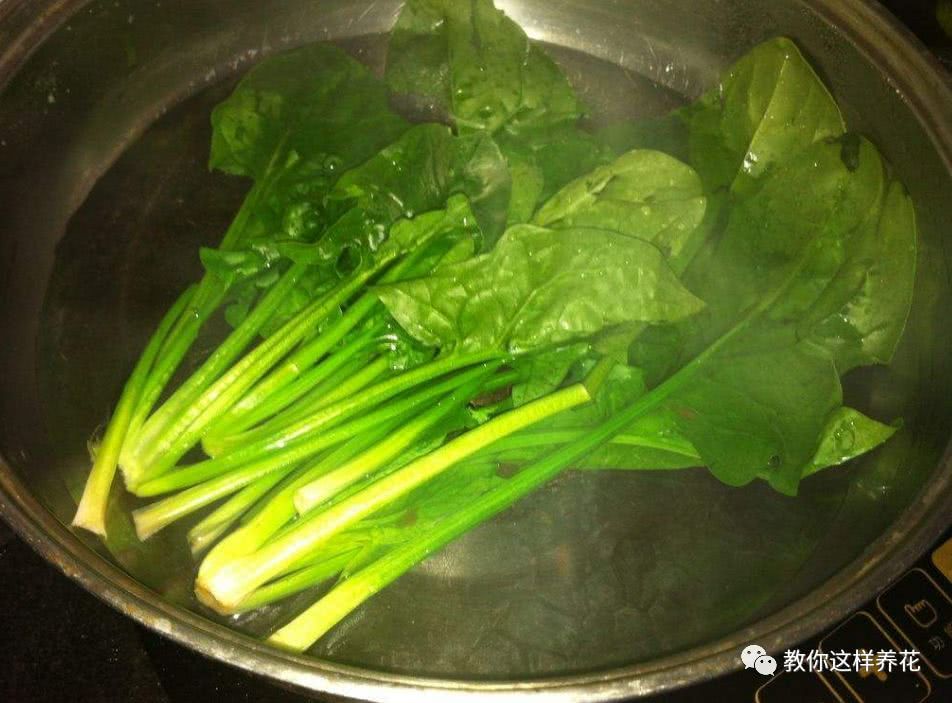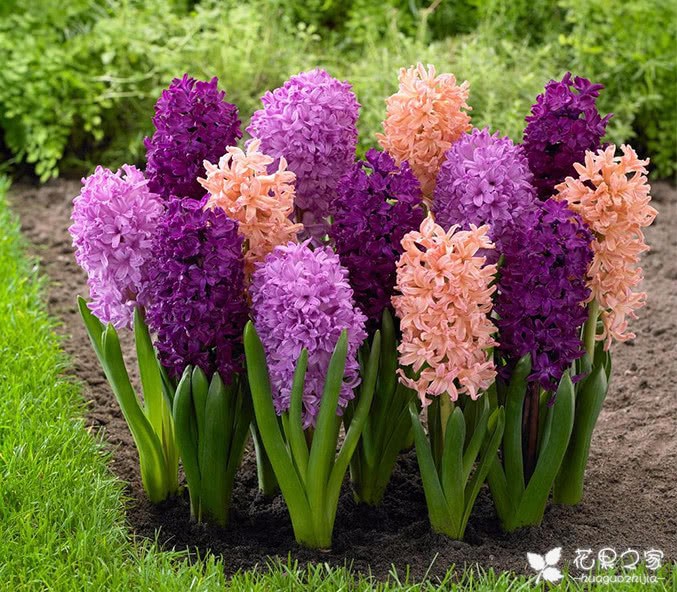How to raise carnations? Experience, experience and some matters needing attention in maintenance technical articles

Carnation is a perennial herb of Caryophyllaceae and Dianthus. It is a kind of flowering plant. Carnation is an excellent variety of cut flowers. Dwarf varieties can also be used for pot ornamental. Flowers can also carry flavors. With the rise of Mother's Day, this elegant, elegant, dignified and fragrant flower has become the largest selling flower in the world. Today, the editor of the Flower and Fruit House will learn with you the methods of raising carnations and the matters that need to be paid attention to.
Growth habits of carnations
To take good care of carnations, the first thing you need to know is the growth habits of carnations. If you do not understand the growth habits of carnations, it is difficult to raise carnations. Carnations grow habits: like cool, sunny and well-ventilated growth environment, not resistant to heat, dry and low temperature fear of stagnant water, like loose, fertile, rich in sandy soil with good support and drainage.
The flowering period of carnations is from May to August and the fruiting period from August to September.
The flower words of carnations: love, charm, respect.
The Culture method of Carnation
Method 1. Soil
Carnation likes loose, fertile, sandy soil with good support and drainage, and the pH value of soil suitable for its growth is 5.6-6.4. Some soil analysis experiments show that the general flower nutrient soil on the market is suitable for growing carnations when the pH value is in the range of 5.95-7.9. Of course, if you are interested, you can also prepare the carnation nutrient soil by yourself.
Method 2. Watering
When watering carnations, we should follow the principle of "dry and wet", that is, when the surface of the soil is white, water should be watered until it is moist to keep the soil "moist". After carnations are transplanted, they should be watered once a day on sunny days to keep the basin soil moist. Because carnations are not only afraid of waterlogging, but also intolerant of drought.
Method 3. Fertilization
When applying fertilizer to carnations, a high tube basin with larger inner diameter should be selected, and the base fertilizer containing potassium, calcium, nitrogen and phosphorus should be applied to the bottom of the basin first. During the growth period, carnations are alternately applied with dilute urea water, bone meal or sauce residue fertilizer every half a month. It is worth noting that carnations are not suitable for thick fertilizer.
Method 4. Illumination
Among the sunshine plants of the genus Carnation, they like to have plenty of sunshine. There is no need to worry about the harm of strong light except at the seedling stage and full flowering stage. and with the help of auxiliary light can increase the Corolla diameter and flower color freshness. There was a significant positive correlation between light intensity and cut flower yield per unit area.
Method 5. Reproduction
There are two common propagation methods of carnations: sexual reproduction and cutting propagation. Carnation is the most suitable for cutting propagation. The time of cutting is unlimited, except for the too hot climate, it can reproduce in other seasons. Among them, the survival rate of cuttage in early February is the highest.
Method 6. Diseases and insect pests
The common diseases of carnations are calyx rot, rust, gray mold, bud rot and root rot. Can use Dysen zinc calyx rot, 5 oxidizing Ling to prevent rust. Other diseases were treated with carbendazim, carbendazim or carbendazim before planting. When red spiders and aphids are damaged, they are usually killed with 1000 times of dimethoate emulsion.
Matters needing attention in the Culture of Carnation
1. The carnation is in a semi-dormant state in midsummer, bothering the scorching sun.
two。 Basin selection skill: choose a high cylinder basin with large inner diameter.
3. Carnation humid environment but not too wet, let alone can not produce stagnant water.
Conclusion: after reading the contents of "Carnation farming methods and matters needing attention" above, I believe you should have a general understanding of the conservation of carnations, thank you for your support, and pay attention to us to get more care methods and skills for carnations.
- Prev

The aunt raised a bowl of green vegetables for 7 days and accidentally pulled out 8 branches.
Cymbidium is a more fertilizer-tolerant foliage plant, if the lack of fertilizer and water, it is easy to scorch head aging, leaves yellow, loss of ornamental value. Especially in autumn, it is easy to appear scorching phenomenon, you can add some properly every time you water it.
- Next

How to raise hyacinth? Technical articles on culture methods and matters needing attention of hyacinth in soil culture
Hyacinth is a herbaceous bulbous plant for many years, which belongs to flowering plants. Hyacinth plants are low and neat, with dignified inflorescences, rich colors and beautiful flower postures. It is one of the famous bulbous flowers blooming in early spring, and it is also an important species of potted flowers. Suitable for.
Related
- Wuhan Hospital Iron Tree Blooming Result Was Instantly Frightened by the Gardener Master
- Which variety of camellia is the most fragrant and best? Which one do you like best?
- What is the small blue coat, the breeding methods and matters needing attention of the succulent plant
- Dormancy time and maintenance management of succulent plants during dormancy
- Minas succulent how to raise, Minas succulent plant pictures
- What are the varieties of winter succulent plants
- How to raise succulent plants in twelve rolls? let's take a look at some experience of breeding twelve rolls.
- Attention should be paid to water control for succulent plants during dormant period (winter and summer)
- Watering experience of twelve rolls of succulent plants
- Techniques for fertilizing succulent plants. An article will let you know how to fertilize succulent plants.

